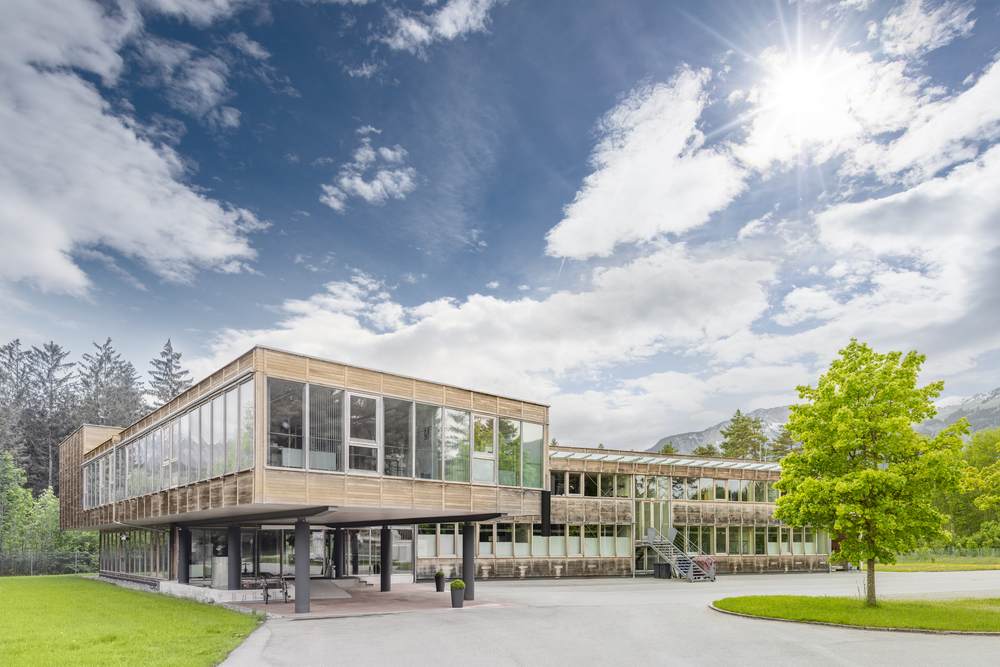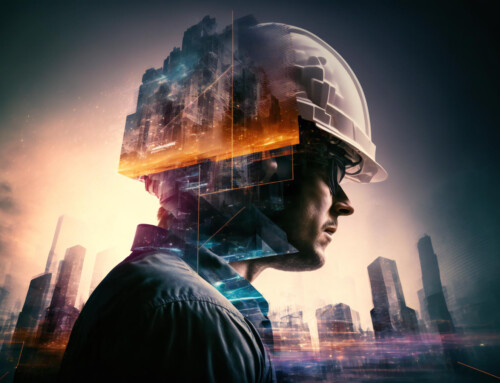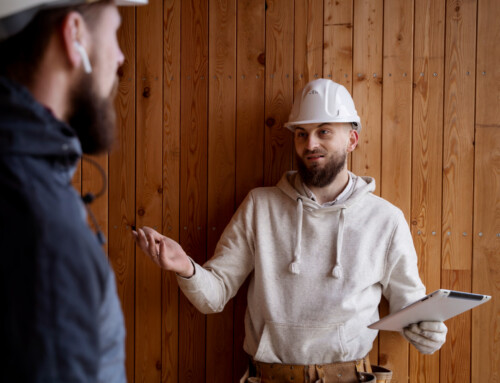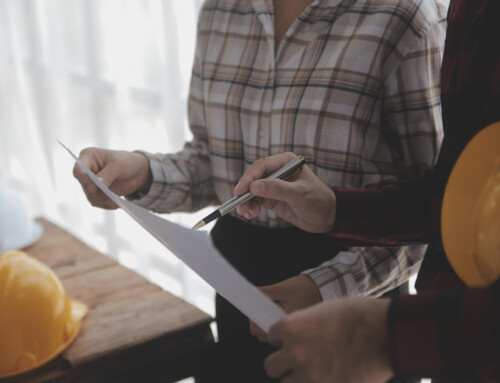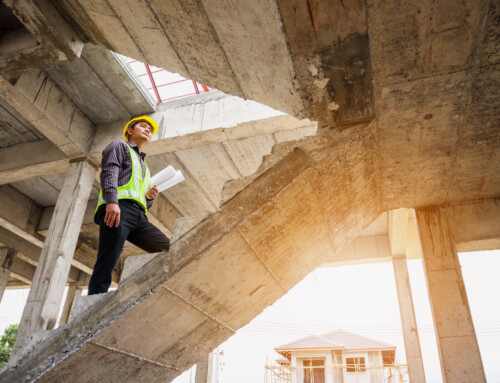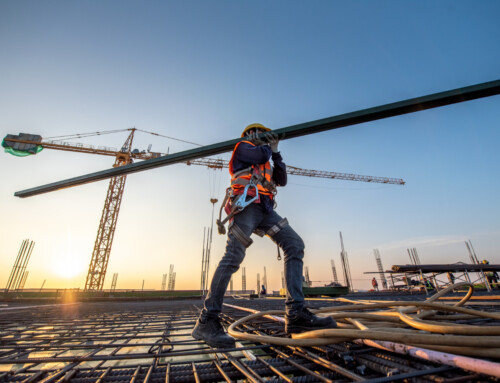The sustainability and green building movement continues to gain momentum in the commercial construction industry as many states, federal agencies, and local governments require the use of emerging green building technologies. One of the most popular sustainable certification programs is the Leadership in Energy and Environmental Design (LEED). The LEED initiative dates back to 1993 when the founding chairman encouraged industry leaders to come together and formulate a system of environmentally responsible standards for the design, construction, maintenance and operation of buildings.
Although a majority of states either require, or reward the use LEED certification, there are still a few states that prefer using other standards in new public buildings. The pilot version of LEED, referred to as LEED New Construction (NC) v1.0, has since evolved to LEED v4. LEED v4 has been deemed “the LEED of the future.” Some of its features include more flexibility, performance-based, smart grid approach, expanded focus on materials, water efficiency and a streamlined documentation process. In addition to federal projects, certification is also available for new construction and existing buildings.
Sustainable Building Forecast
Construction Dive recently highlighted a report that forecasts the world market for sustainable construction materials will hit $187 billion by 2026, which represents an 11.6% compounded annual growth rate between 2017 and 2026. Contractors, along with those individuals working commercial construction jobs, all play significant roles in how sustainable each of their respective projects will be. The same report also indicated that the increased use of green materials is being driven by trades such as insulation, roofing, framing, exterior siding and interior finishes across most sectors, including residential, industrial and commercial. North America had the highest market share of the global market, almost 35% by both volume and value. The general benefits to the environment, reduced emissions, more efficient energy consumption and their potential for reuse and recycling continues to drive the demand for sustainable materials in commercial construction and other industry sectors.
Current Projects/Top States for LEED
Massachusetts remained at the top of the list for the second straight year in 2017 regarding LEED ranking. Rounding out the top five list was New York, Illinois, Hawaii and Maryland.
Some current, or recent green building projects around the US include:
- Arizona State University’s new Interdisciplinary Science and Technology Building (ISTB-7) is aiming for green performance, and then some, with plans to capture and convert carbon, recycle water, and use minimal energy.
- The first phase of the $2 billion, 12-acre Cornell Tech academic campus on New York City’s Roosevelt Island opened in September 2017. Highly sustainable design is a unifying feature of the campus. The first building completed on-site, the Bloomberg Center, is vying to be the country’s largest net-zero energy building by generating all of its power on site.
Are you ready to build your dream team?
The Birmingham Group is a tenured construction recruiting firm dedicated to helping you build your dream team. If you are ready to take a proactive approach to recruiting and retention, reach out today to discuss a custom recruitment strategy.

